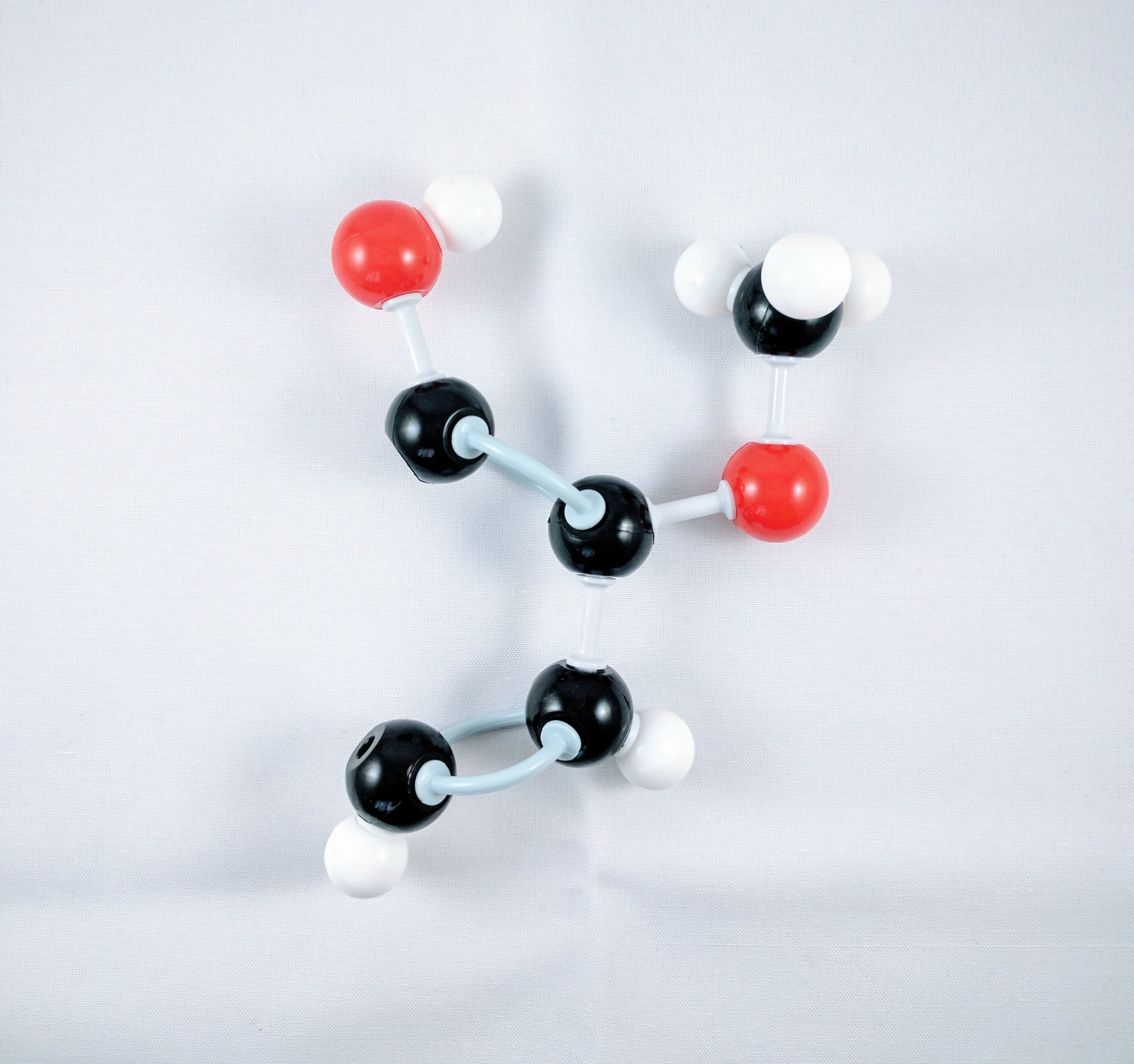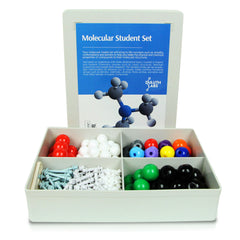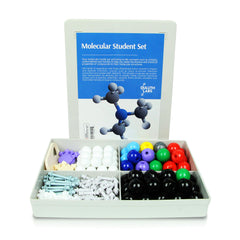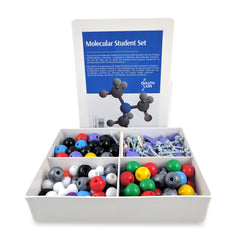Syringol and Guaiacol:Sizzlin Grill!
Barbeque! We all love and enjoy the sizzling sound and smoky taste! Whether it be chicken, pork, steak, bacon, patties etc. Barbeque is such a key component in the annual celebration on July 4! Hands down there’s no celebration on the 4th of July without family, friends and a sizzling grill.
Have you ever thought about the chemistry behind barbeque? Well of course this would not be your average daily thought but it would be interesting to figure out why we love the flavour and smoky aroma associated with barbeque.
There are 2 key chemical components involved in the smoky taste and aroma of barbeque. These two chemical components are Syringol and Guaiacol. These phenolic compounds are both derived from wood/charcoal when decomposed. When the wood/charcoal burns during the grilling process these two molecules are then released. As the molecules release they give off the smoky, tangy aroma and taste that reaches one’s sense. So the next time you bite into a piece of barbeque chicken just think about Syringol and Guaiacol!
What does (Syringol and Guaiacol) look like in Chemistry?
Syringol contains 2 methoxy groups attached on either side of the Phenolic ring

While Guaiacol contains only one methoxy group

Let’s Get Building!
Using your Student Molecular Set from Duluth Labs let’s create Syringol and Guaiacol!
For Syringol, you’ll need:
-
8 Carbon Atoms
-
3 Oxygen atoms
-
10 Hydrogen atoms
-
10 Small connectors (compact small bonds for hydrogen)
-
8 Medium Connectors
-
6 Long connectors
-
Molecular Tool (for Disassembly)
For Guaiacol, you’ll need
-
7 Carbon Atoms
-
2 Oxygen atoms
-
8 Hydrogen atoms
-
8 Small connectors (compact small bonds for hydrogen)
-
6 Medium Connectors
-
8 Long connectors
-
Molecular Tool (for Disassembly)
Put aside all the atoms and connectors needed.
Let’s Start Building With Our Syringol!

Note: We build Syringol in a clockwise direction, starting with Carbon 1!
Let’s begin!
Steps:
-
1

1. Get one Carbon atom (Carbon 1) and place an Oxygen atom above it using a medium connector. Add one hydrogen to this oxygen using a small connector.
-
2

2. Then, attach another Carbon atom (Carbon 2) to Carbon 1 using 2 long connectors. Add an Oxygen atom to Carbon 2 using a medium connector.
-
3

3. Attach another Carbon to oxygen using a medium connector. Add 3 hydrogen atoms to this carbon using three small connectors.
-
4

4. Using another Carbon atom (Carbon 3) then attach this below Carbon 2 using a medium connector. Attach one hydrogen atom to this carbon using a small connector.
-
5

5. Then get another Carbon atom (Carbon 4) and attach this to Carbon 3 using 2 long connectors. Place a hydrogen atom to this carbon using a small connector.
-
6

6. Add another Carbon atom (Carbon 5) and attach this to Carbon 4 using 1 medium connector. Likewise, add a hydrogen atom to Carbon 5 using a small connector.
-
7

7. Get one Carbon atom (Carbon 6) then attach this above Carbon 5 using 2 long connectors. Then, add an Oxygen atom to Carbon 6 using one medium
-
8

8. Using another Carbon atom and attach this to Oxygen using 1 medium connector. Place 3 hydrogen atoms to Carbon using three small connectors.
-
9

9. Finally, join Carbon 1 and Carbon 6 together using a medium connector.
-

Yay! We've just built our Syringol!
Let’s continue building our Guaiacol!!

Note: We again build this molecule in a clockwise direction, starting with Carbon 1.
Steps:
-
1

1. Get one Carbon atom (Carbon 1) and place an Oxygen atom above it using a medium connector. Add one hydrogen to this oxygen using a small connector.
-
2

2. Then, attach another Carbon atom (Carbon 2) to Carbon 1 using 2 long connectors. Add an Oxygen atom to Carbon 2 using a medium connector.
-
3

3. Attach another Carbon to oxygen using a medium connector. Add 3 hydrogen atoms to this carbon using three small connectors.
-
4

4. Get another Carbon atom (Carbon 3) then attach this below Carbon 2 using a medium connector. Attach one hydrogen atom to this carbon using a small connector.
-
5

5. Get one Carbon atom (Carbon 4) and attach this to Carbon 3 using 2 long connectors. Place a hydrogen atom to this carbon using a small connector.
-
6

6. Add another Carbon atom (Carbon 5) and attach this to Carbon 4 using 1 medium connector. Likewise, add a hydrogen atom to Carbon 5 using a small connector.
-
7

7. Get one Carbon atom (Carbon 6) then attach this above Carbon 5 using 2 long connectors. Then, add hydrogen atom to Carbon 6 using one small connector.
-
8

8. Lastly, connect Carbon 6 to Carbon 1 using a medium connector.
Great work! Now we have our newly-built Syringol and Guaiacol molecules

Feel free to show us how your molecules turned out!
Comment and share pictures below!
Tune in next week for another Molecule of the week!
See you then xoxo :)
























Thanks for every other informative website. Where else could I get that kind of information written in such an ideal manner ?
https://www.mintmsg.com/
naturally like your web site however you need to test the spelling on quite a few of your posts.
https://www.seoulam.com/
Wonderful blog ! I found it while browsing on Yahoo News.
Do you have any tips on how to get listed in Yahoo News ?
https://www.gyeonggianma.com/
Wow, amazing blog layout ! How long have you been blogging for ? you make blogging look easy.
https://www.loremmsg.com/
Thanks for some other informative blog. Where else may I
am getting that kind of information written in such a perfect method ?
https://www.signatureanma.com/